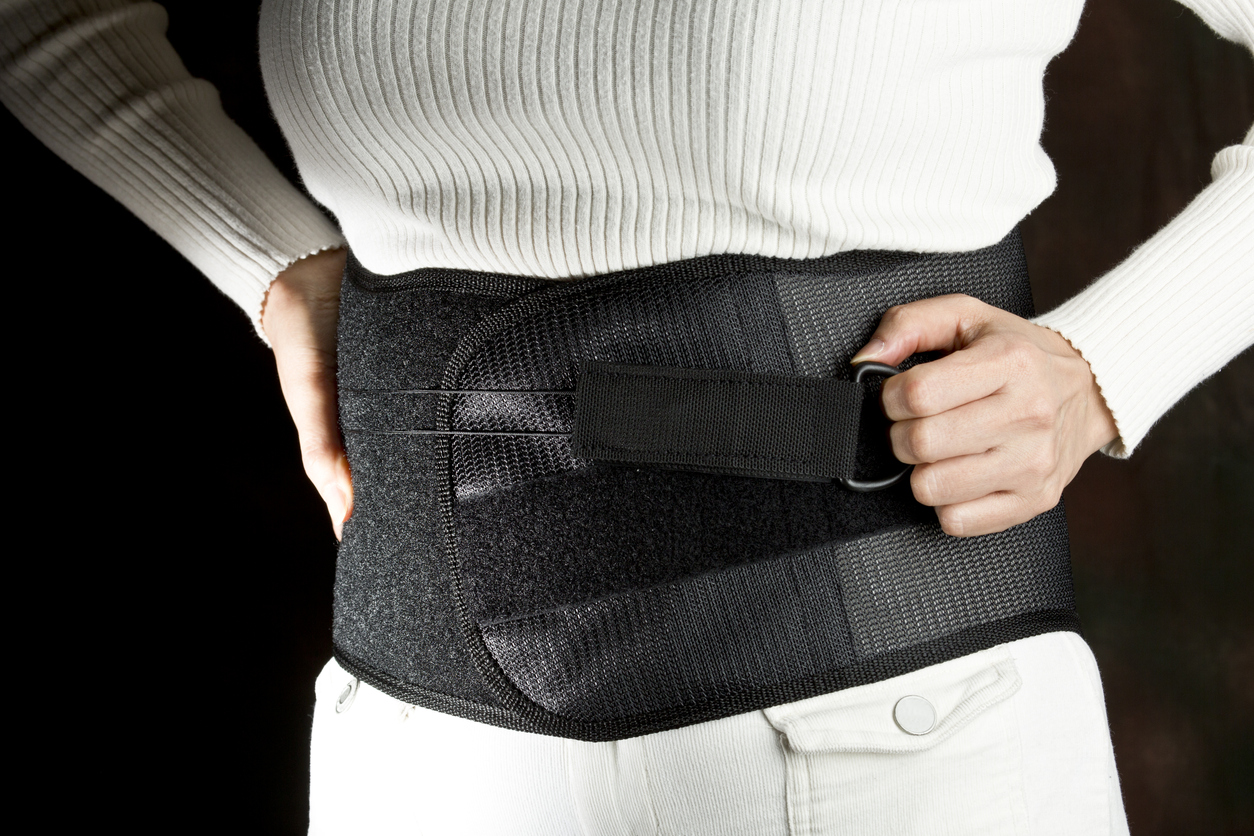Pain
Diagnosing Radiculopathy

What is radiculopathy?
Radiculopathy is the medical term for symptoms caused by irritation or compression of one or more spinal nerve roots. Spinal nerve roots connect the spinal cord with the nerves that supply sensation and motor function to the rest of the body.
Diagnostic process
The diagnostic process for radiculopathy typically begins with a medical history and physical exam. Imaging tests and nerve studies may also be ordered.
Medical history and physical exam
If radiculopathy is a suspected cause of an individual’s symptoms, a medical history will typically involve questions about previous injuries to the spine and any family history of degenerative disc disease or osteoarthritis. Questions about lifestyle factors, such as work activities (e.g., heavy manual labor, lifting, repetitive motions, etc.) and participation in contact sports, and lifestyle habits, such as smoking, diet choices, and activity levels, may also be asked. A review of symptoms, such as pain, muscle weakness or spasms, changes in sensation, and numbness or tingling in the hands or feet, are also part of a thorough medical history.
A physical examination is the next step in the diagnostic process for radiculopathy. The physical exam involves an evaluation of nerve function. The neck, back, arms and legs may be manipulated to test reflexes, strength and sensation.
Diagnostic tests
Tests that may be ordered during the diagnostic process include the following:
- Imaging tests
X-rays, a CT scan, or an MRI of the neck or spine may be ordered to help determine the root cause of pain. Imaging tests can help determine if bones are in alignment, if bone spurs are present, or if soft tissues or nerve roots are damaged. - Electromyography (EMG) and nerve conduction studies
An electromyography measures the electrical impulses of muscles at rest and during muscle contraction. A nerve conduction study (NCS) can help with the assessment of nerve health. An NCS measures how fast electrical impulses move through the nerves. This test can help determine if any damage caused by pinched nerves is present and discern whether pain is muscular or neurological in origin.















